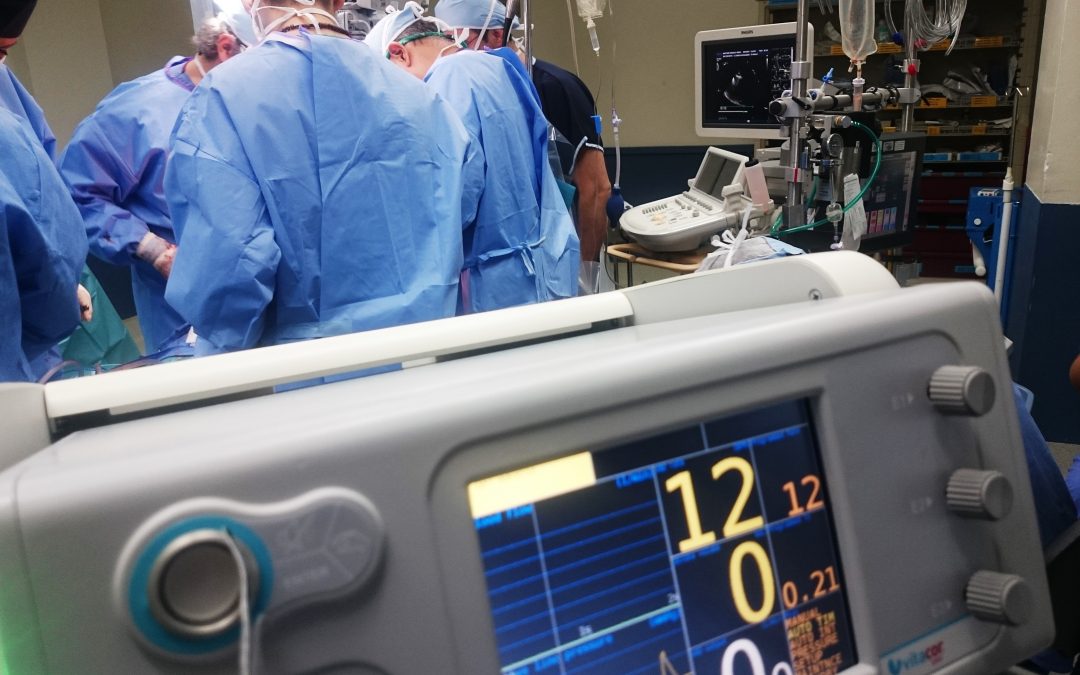Hospitals and health care facilities in Myanmar should consider meeting regulatory standards such as ASHRAE 170-2013 to reduce nosocomial (hospital-acquired) infection rates, increase patient comfort, and improve staff performance.
Patients are the sole reason for the existence of hospitals and healthcare facilities. A variety of factors influence patient satisfaction and survival rates–one factor, however, that can be overlooked is the quality of air within the patient’s indoor environment.
Indoor air quality (IAQ) is influenced by temperature, humidity, contaminant concentration, and quality of outside air that is brought inside. Proper ventilation for IAQ is especially important in the context of hospitals and other healthcare facilities, as both patients and hospital staff are directly impacted by air quality within the building. Well-documented studies have shown that improved IAQ significantly improves staff productivity while contributing to infectious disease control and improving patient comfort.
Common sources of IAQ detriment include:
- Patient diseases and the spread of patient bodily fluids (such as coughing, wounds, and incontinence)
- Overuse of disinfectants and cleaning chemicals
- Uncovered trash and other waste material
- Moist surfaces that can instigate mold growth
- Air ductwork–when left alone over time, can trap dirt, dust, and even biological organisms.
- Moisture accumulation from HVAC humidification, leaks, and building envelope breaches.

Figure 1: Visible contamination near an air inlet grille in a hospital ward.
Outdoor air must also be properly filtered and processed to maintain acceptable IAQ. Intakes should be located to prevent drawing in contaminants, which is why many codes dictate minimum distances from major contaminant sources such as vehicle traffic. Such measures, however, are not enough by themselves as they do not take into account site-specific conditions such as building geometry and prevailing winds. A designer should properly evaluate site conditions based on analysis and experience and consider greater separations accordingly.
There are several manuals, standards, and guidelines that may be referenced when considering IAQ in design. Some of the most notable are:
- ASHRAE Standard 62.1: Ventilation for Acceptable Indoor Air Quality
- ASHRAE Standard 170: Ventilation of Health Care Facilities
- HVAC Design Manual for Hospitals and Clinics
Further literature, especially those pertaining to more specific and rigorous applications such as operating room ventilation systems, may be found on sites such as the ASHRAE Technology Portal.
Improve your hospital or healthcare facility design and ensure IAQ standards compliance at Winter ACMV.

Shwe Myat Myo Oo (ေရြႊျမတ္မ်ိဳးဦး)
Lead Engineer, Technical Development Division
B.S. 2016, Mechanical Engineering
Georgia Institute of Technology
Associate Member ASHRAE
Member ASME


Send